I’ve said it before, and I’ll say it again. We tomato growers are a bit touched. We’ll try just about anything to grow the tastiest tomatoes, the earliest tomatoes and the biggest tomatoes.
If you’re looking to get more tomatoes without planting more plants, then you’ve come to the right place.
Whether you grow cherry tomatoes, slicing tomatoes or sauce tomatoes, there are a few simple tricks to getting the most tomatoes from every plant you grow. Read on to learn how to get more tomatoes this year and every year.
(If you grow your tomatoes in pots, I’ve got a few special tips just for you.)
1. Choose the Right Variety
Getting more tomatoes from your plants starts before you even put a single seed in the ground. If your end goal is more tomatoes pound for pound, then start by choosing more prolific varieties.

Heirlooms are incredibly popular these days, as they offer a wide variety of flavors and colors. However, they can be finicky to grow and may not produce as much fruit as a hybrid variety. Remember that many heirlooms have been grown in a specific region for decades. They are suited to that particular climate and may not do as well in yours. If you want lots of tomatoes, choose a hybrid that has been bred specifically to produce more fruit.
(This is your reminder that hybrid vegetable seeds are not the same as GMO, and many hybrids are organic.)
If you don’t want to grow a hybrid, then choose an heirloom variety that’s well-known for production. A few to consider are:
- Cherry Roma
- San Marzano
- Sungold
- Cherokee Purple
- Principe Borghese
- Black Krim
Experiment with new varieties, both heirlooms and hybrids, each year to find one that works well in your region.
2. Start Seedlings Earlier than Normal or, Better Yet, Clone a Plant

A great way to ensure you get more fruit from each plant is to start your seedlings a bit earlier than normal. Most seed packets suggest you start seeds 8 weeks before your last frost date. But if you want to have tomato seedlings that are ready to bear fruit as soon as they hit the ground, then you need to start your seedlings sooner – 10-12 weeks before your last frost date.
If you really want to cash in on every single growing day of the season (which leads to more fruit from each plant), then cloning is the way to go.
At the end of the season, take clones from your favorite plants and winter them over in your home. When spring rolls around, you’ll have a mature plant that’s already producing blossoms the moment you put it in the soil.
Of course, both of these methods come with a caveat. If you want to grow seedlings or clones that are large and healthy indoors, you have to have a good seed-starting setup.
3. Use Mycorrhizae

I’m telling you, this stuff is magical. It is your tomatoes’ new best friend. In a nutshell – Mycorrhizae are beneficial fungi that form a symbiotic relationship with the roots of the plant. Get some and inoculate your plants. But first, read this; it explains in depth all the awesome benefits that come from using mycorrhizae in your garden.
4. Fertilize at the Appropriate Time with the Right Fertilizer
Tomatoes are the spoiled kids of the garden. They want all the water and all the nutrients, and they want them with the crusts cut off, or they won’t eat it. But if you’re willing to cater to their demands, they will reward you with tons of tomatoes.
In the early stages of growth, tomato seedlings need plenty of nitrogen to grow strong, leafy stems and leaves, which will go on to power the plant. However, at the first sign of a blossom, you need to switch to a fertilizer that’s higher in potassium and phosphorus. These two nutrients are incredibly important for blossom production and fruit set.
Continue to fertilize your tomatoes every couple of weeks, tapering off at the end of the season.
(I like the Down to Earth fertilizer brand for my garden, and their Liquid Bloom is perfect for tomatoes.)
5. Practice Good Pruning Methods
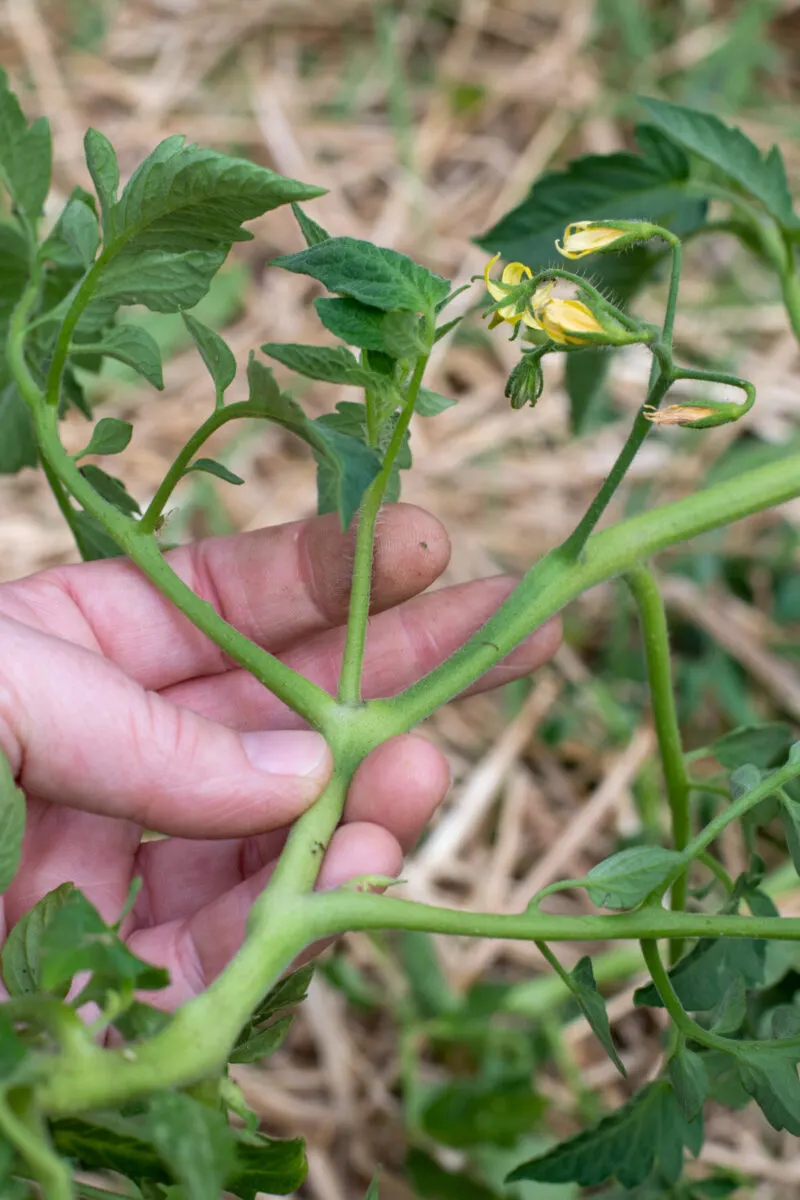
Regularly pruning your tomatoes leads to more fruit, but most of us don’t do it. Or worse, we’re not doing it the right way. (Hint: suckers aren’t always the enemy.)
Pruning tomatoes leads to better airflow and more light reaching the interior of the plant, all of which add up to more tomatoes.
Take a moment and learn how to prune tomatoes the right way.
6. Pick Tomatoes at the Breaker Stage

Pick your tomatoes when they reach the breaker stage. Don’t let them ripen completely on the vine. Picking fruit often will encourage your plant to keep on producing. To learn more about what the breaker stage is and, more importantly, how to know when tomatoes have reached it, read here.
7. Hand Pollinate

If you want to go the diehard route and make sure you get every tomato possible, consider hand-pollinating your tomatoes. The window for pollination is about 48 hours once the blossom produces pollen.
While you can use the paintbrush method, I find it fiddly and unnecessary. There’s a much easier way to pollinate tomato blossoms –grab the stem with the flowers and give it a good shake. If you visit your tomatoes every day and shake the blossoms, you’ll easily get more fruit throughout the growing season by giving Mother Nature a hand.
8. Shade Tomatoes in Extreme Heat

Extreme heat can have a big impact on tomato fruit production and ripening. Temperatures in excess of 95 degrees F can slow or stop fruit set and lead to blossom drop. If you garden in a climate that experiences these extreme temperatures, consider setting up shade cloth over your tomatoes to help cool the soil and plants.
All of my southern gardening readers suggest 40% shade cloth, so that’s what I went with, and it works great during these crazy heat waves.
9. Container-Grown Tomatoes Need Special Care

If you grow your tomatoes in containers, then you need to give them extra care to get more fruit. Here are a few tips specifically for getting lots of fruit from your potted tomatoes.
Choose the Right Size Container
Tomatoes need a large root system to support the growth of a lot of fruit. Far too often, I see tomatoes being grown in pots that are much too small. If you want a ton of tomatoes, then you need to grow them in a big pot.
No, bigger than that.
Bigger than that.
Keep going.
When you reach the “Seriously? This is a bit ridiculous” size, you’re in the right ballpark. I grow cherry tomatoes in a pot every year, and I always grow them in a 6-gallon pot.
Smaller pots dry out faster, don’t hold nutrients, and the soil heats up faster, which can slow the growth of your tomatoes. The plants will be rootbound and unable to sustain continued growth and fruit production over the season.
Water Daily
The usual advice for watering tomatoes does not apply to container-grown plants. You’ll always read that you should water tomatoes deeply but less frequently. This only holds true for tomatoes grown in the ground, where they can send roots deep into the earth for more water.
If you’re growing tomatoes in containers, you should never let them dry out. This generally means watering daily in the summertime, sometimes even twice a day. (This is another reason to use a large pot.)
Fertilize More Often
Potted tomatoes need to be fertilized more often than tomatoes in the ground. More frequent watering means nutrients are lost quickly. Nutrients aren’t held in the soil in the same way as in a traditional garden. Also, with less soil for the roots to access, nutrients get used up faster.
For my potted tomatoes, I fertilize at half-strength every week with an organic liquid fertilizer that’s high in phosphorous and potassium.
Tomatoes Up to Your Eyeballs

In the end, the best way to get more tomatoes from your plants is to give them the best care possible and to choose varieties that do well in your location. Try new tomato varieties each year to find the ones that do best where you garden. Of course, once you’ve grown all these tomatoes, you’ll need to know what to do with them.
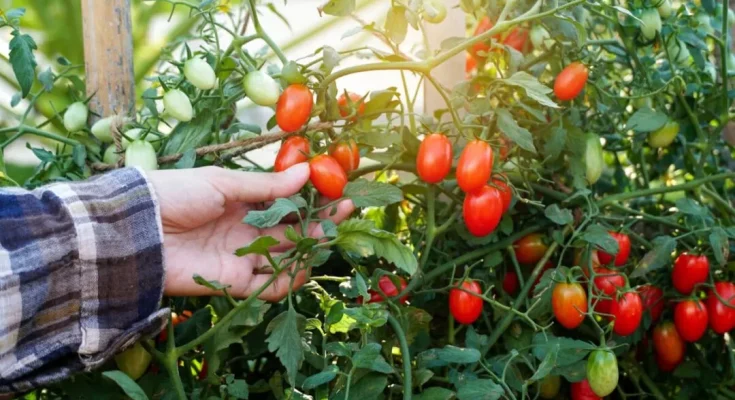
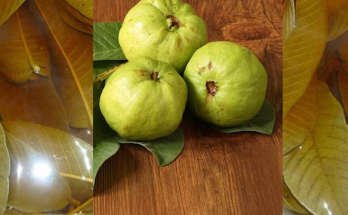
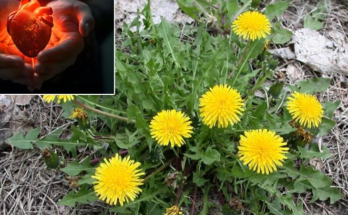
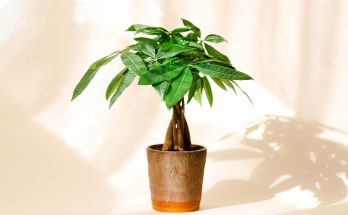
Thanks for sharing. I read many of your blog posts, cool, your blog is very good.